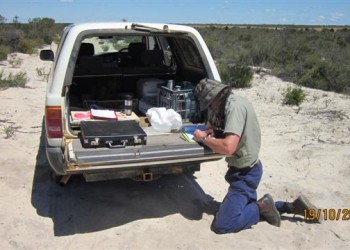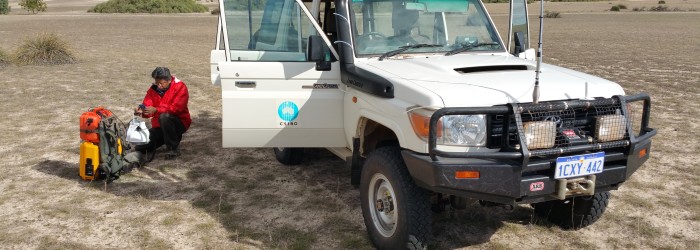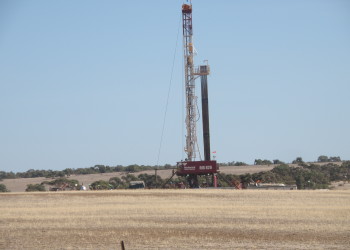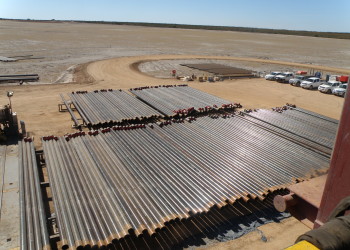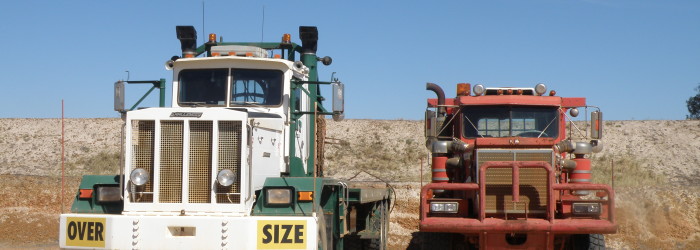Latent Petroleum will minimise impacts on flora and fauna throughout the Warro Gas Project. The Company undertakes detailed environmental studies during each stage of operation – exploration, drilling, operation and closure – to identify species that may be impacted by its activities. All stages must be approved by the regulator and monitored daily in accordance with an approved environmental plan.
The Warro Gas Project’s current drilling program is located in land that has previously been cleared for agricultural use.
During 2011, Latent Petroleum contracted a seismic exploration company to undertake a 3D seismic programme predominately within existing farmlands, but also in the Watheroo National Park. For activities undertaken within the Watheroo National Park, contractors were required to use low-impact technology, and were subject to stringent government approvals. These approval processes, at both a Federal and State level, include a monitoring process for up to five years after the seismic acquisition to monitor the rehabilitation of any affected land. The rehabilitation of the affected areas is progressing well – regrowth has established in all areas making it difficult to determine where the seismic lines were placed.

